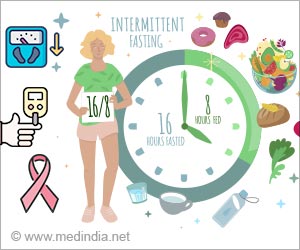A new study strongly recommends increasing the intake of potassium and dietary fiber among young children, especially toddlers making this a priority for the 2020 Dietary Guidelines.

While the federal Dietary Guidelines has focused on adults and children 2 years of age and older, the 2020 Dietary Guidelines will include Americans of all ages, starting from birth, noted Maureen Storey, PhD, co-author of the study and APRE president and CEO. "For the first time, the federal nutrition guidelines in the U.S. will include dietary recommendations inclusive of children under 2 years of age," she stated. "APRE's latest study contributes to the body of scientific evidence that identifies nutrient gaps and suggests priorities to meet the needs of infants and the under-2's. This will help inform the development of dietary guidance for this important age group."
Using the most recent data available from the National Health and Nutrition Examination Survey (NHANES) 2009-2010, APRE researchers analyzed the nutrient intakes of non-breastfed children from birth to 6 months, from 6 months to 12 months, and from 1-3 years old. The age groups were chosen to align with the age groups used for the National Academies of Sciences Dietary Reference Intakes, which will be used to develop the new guidelines.
The data analysis showed that, on average, most infants and toddlers from birth to 6 months and from 6 to 12 months met the existing National Academies' nutrient recommendations. However, children 1 to 3 years of age did not consume adequate amounts of potassium or dietary fiber, on average. In general, children aged 1-3 years old consumed 10.4 g of dietary fiber while the Adequate Intake (AI) level is 19 g. Similarly, children aged 1-3 years consumed 2051 mg of potassium, on average, which is nearly 1,000 mg short of the established AI for potassium. The inadequacies were consistent for both males and females and across different race/ethnicities.
"These results suggest that vegetables such as white potatoes that are rich in potassium and dietary fiber can help young children meet their AI for these nutrients," said Storey. "The white potato in all forms—baked, boiled, roasted, mashed or fried—is a good source of both of these essential nutrients in the diet, and a vegetable that is well-liked by kids and their parents alike."
Advertisement















